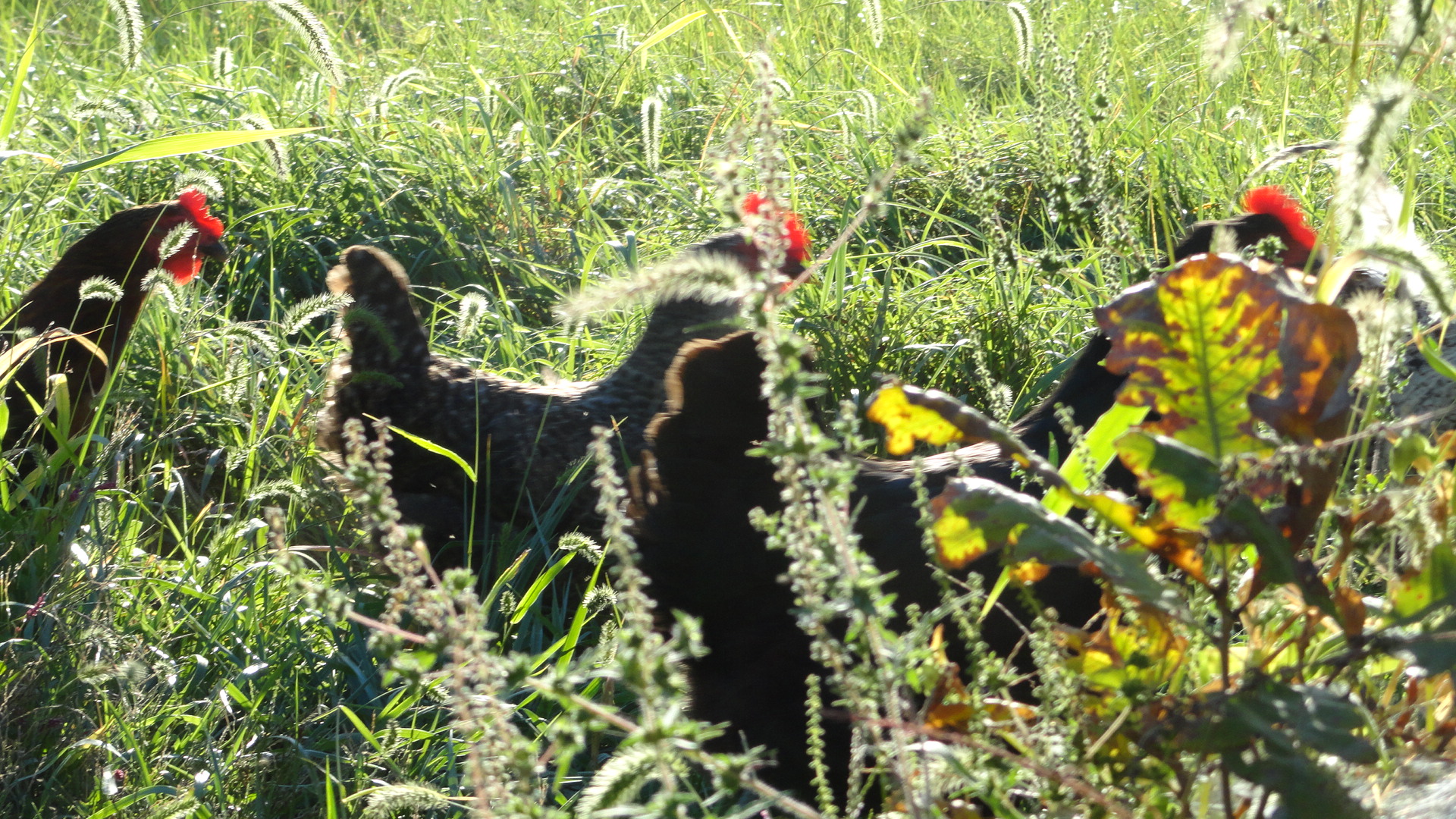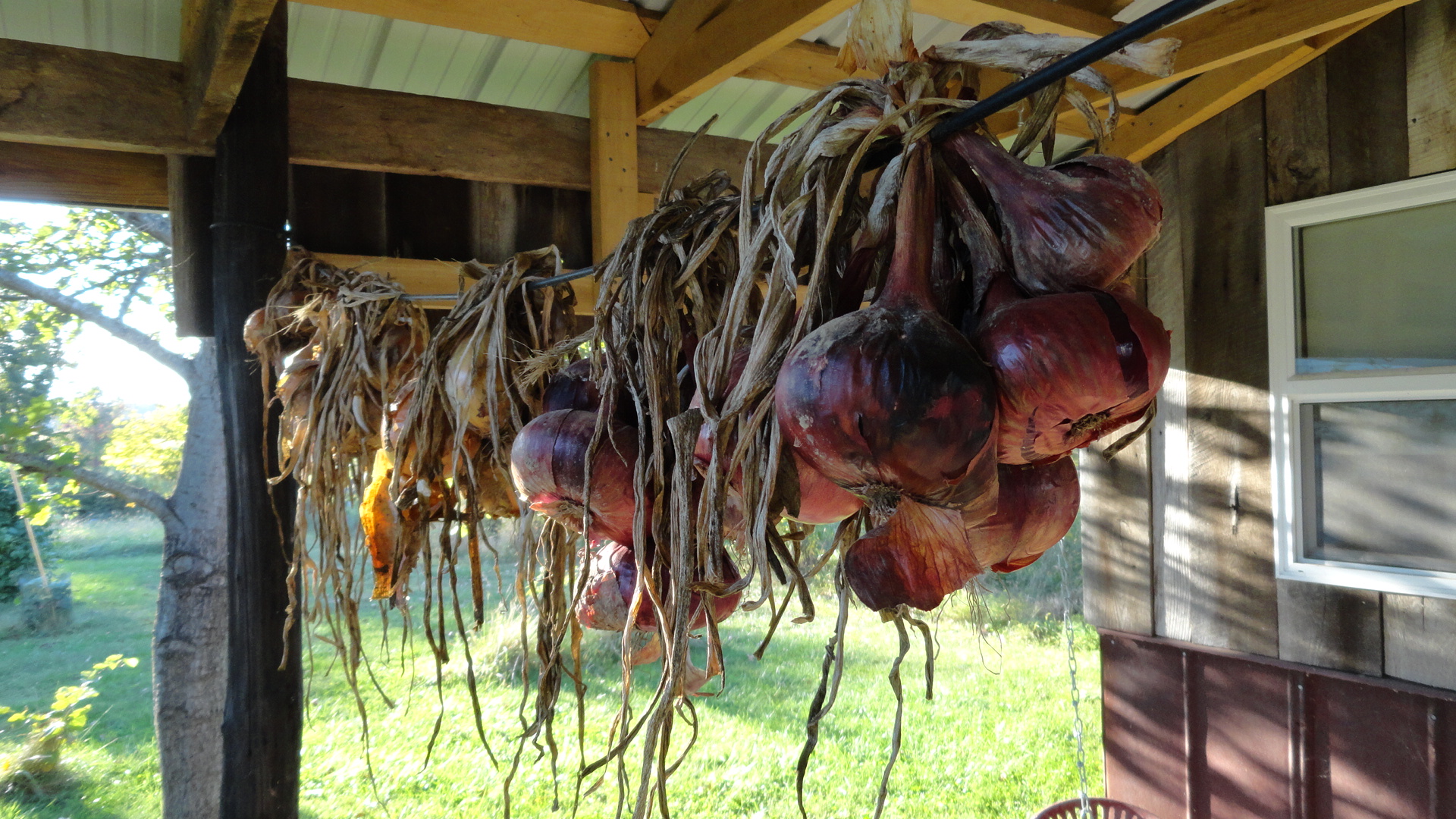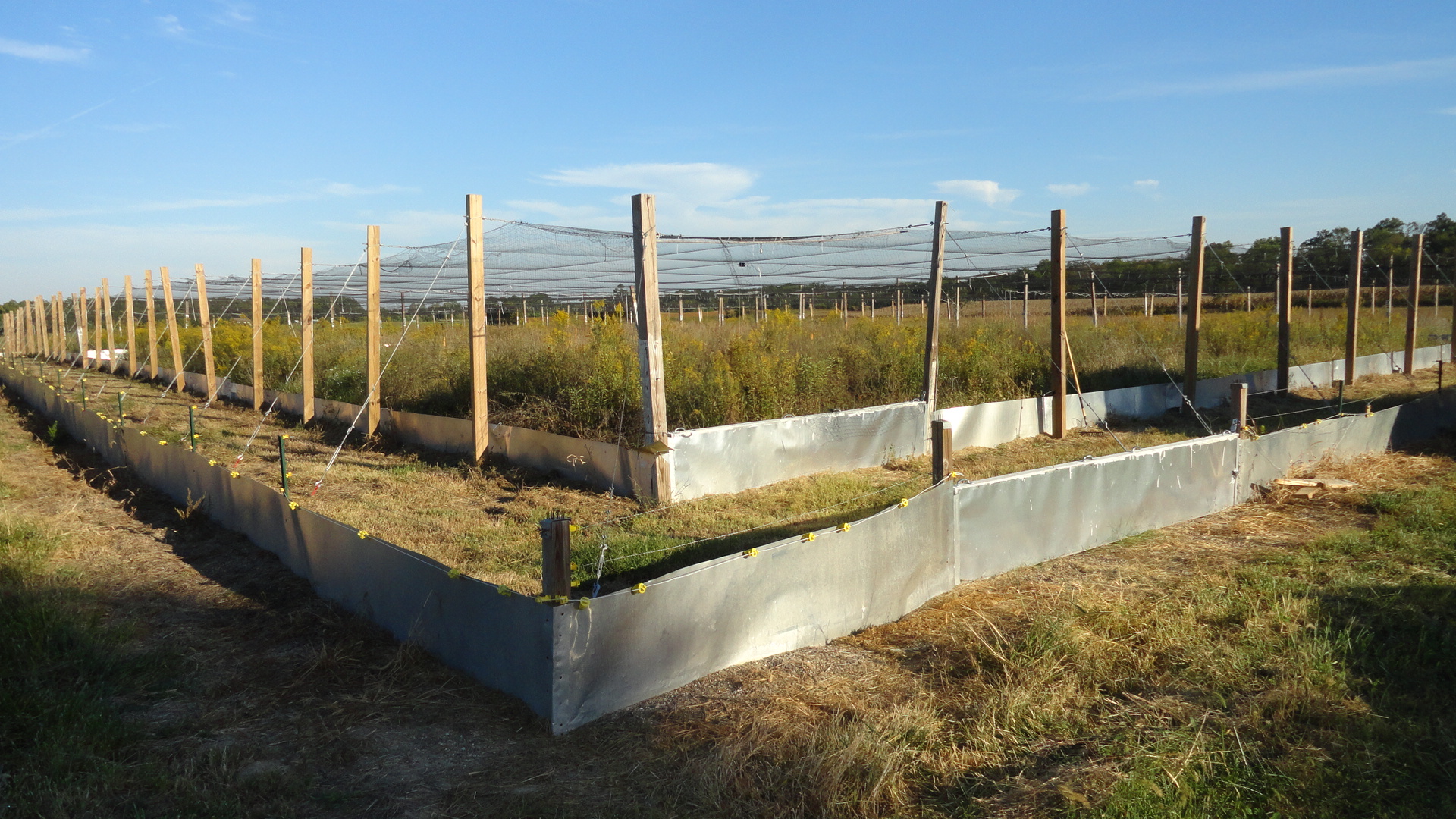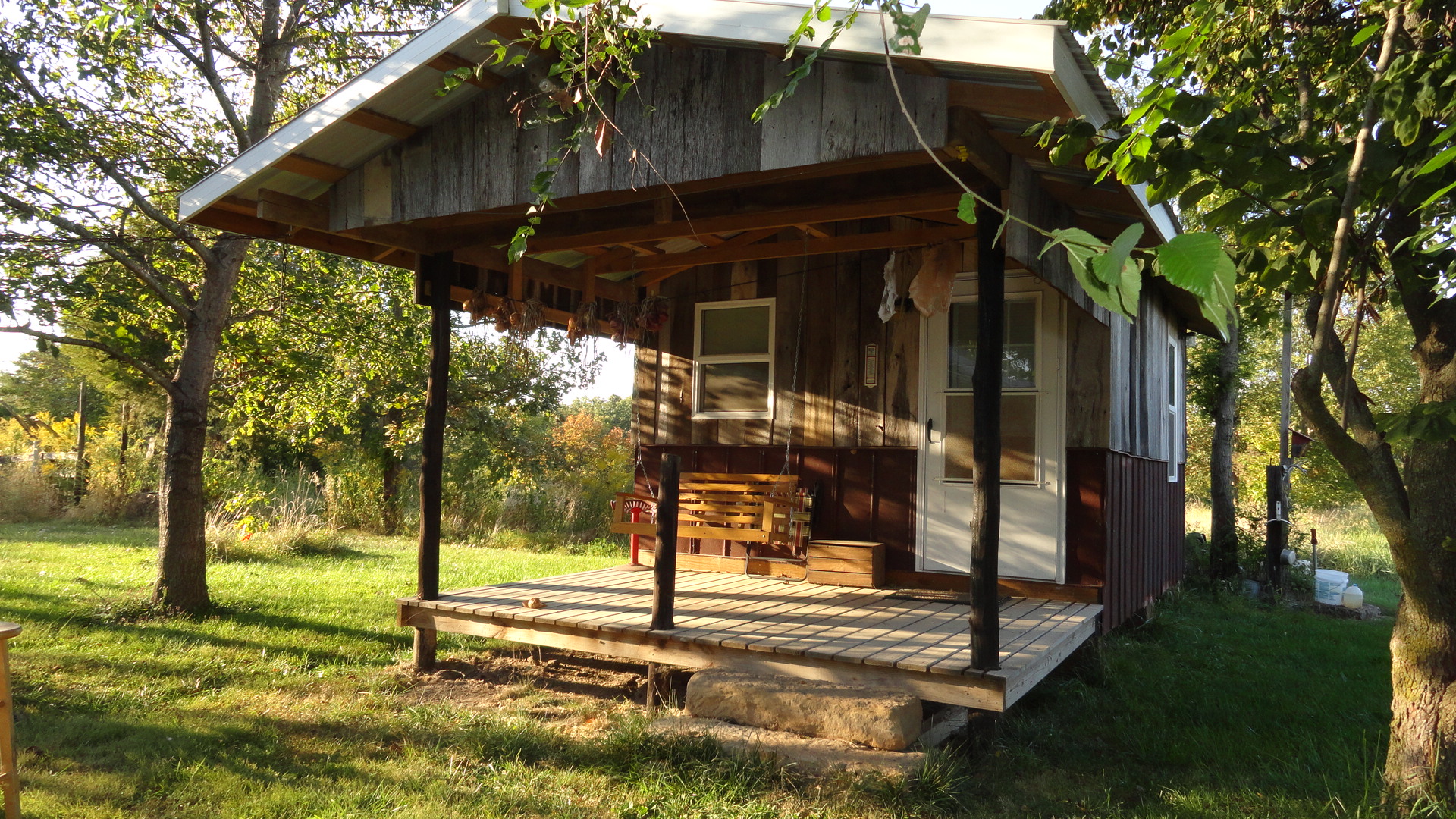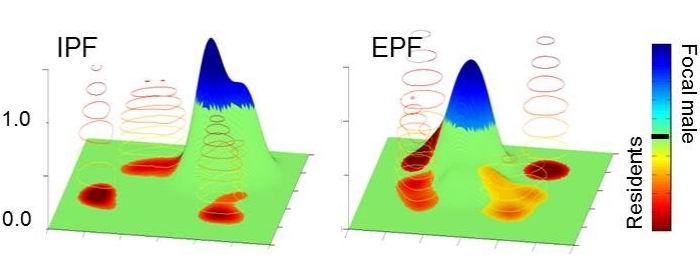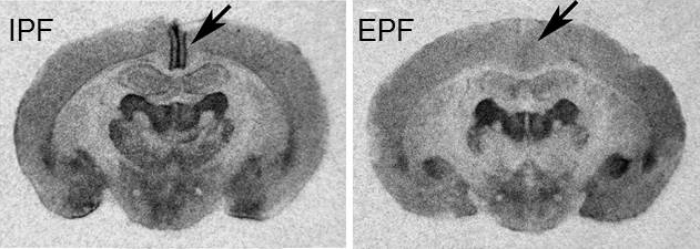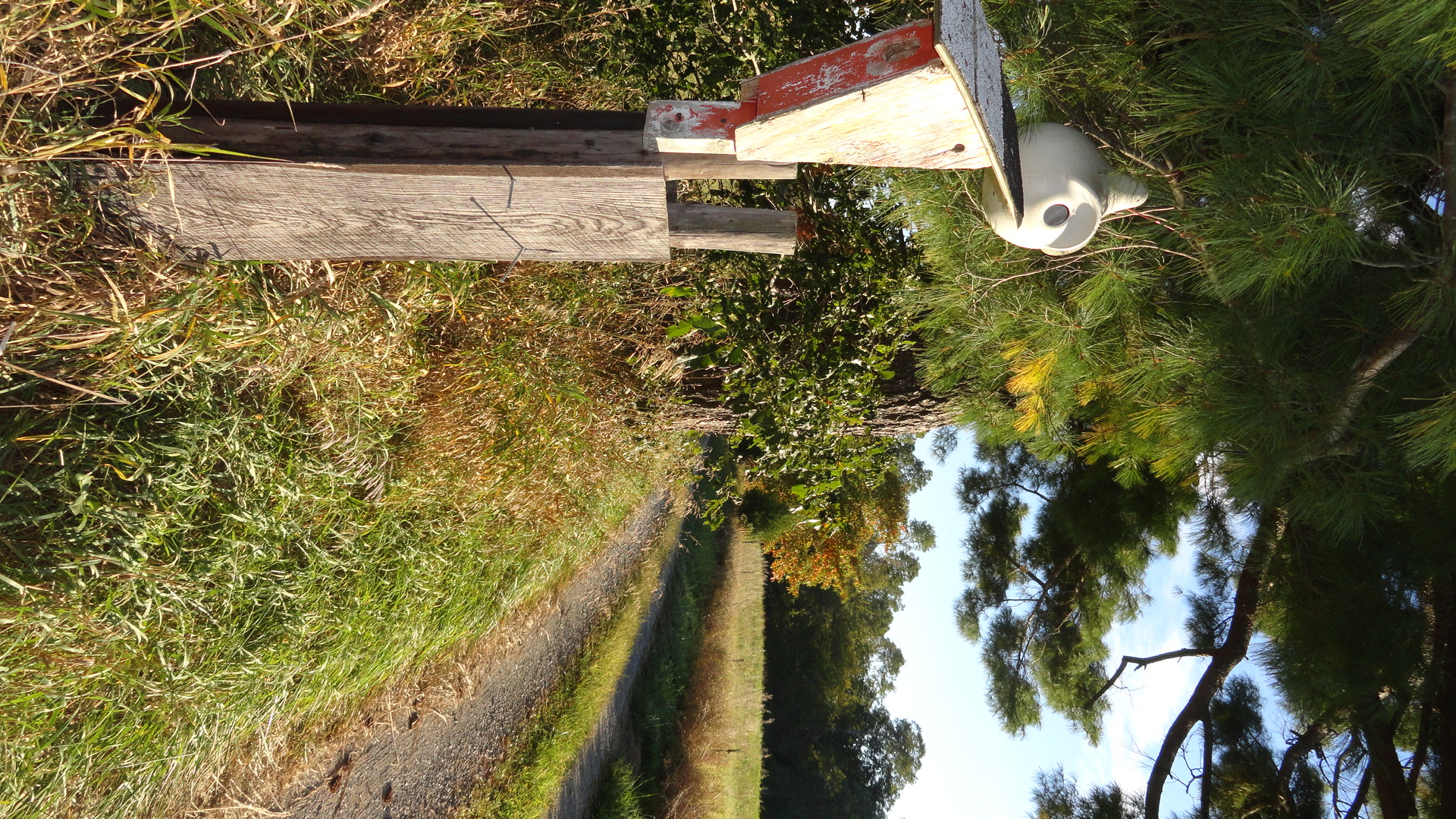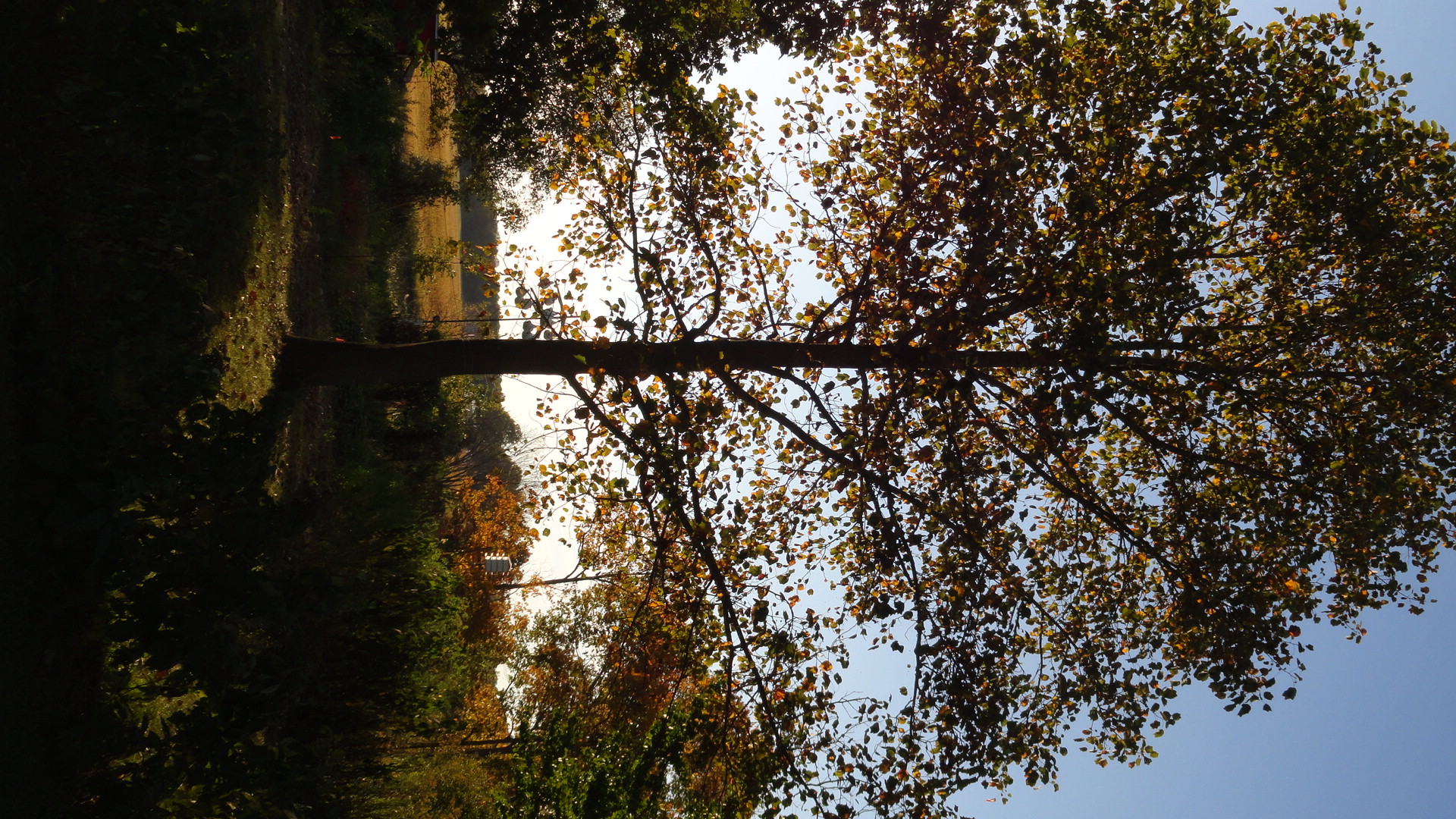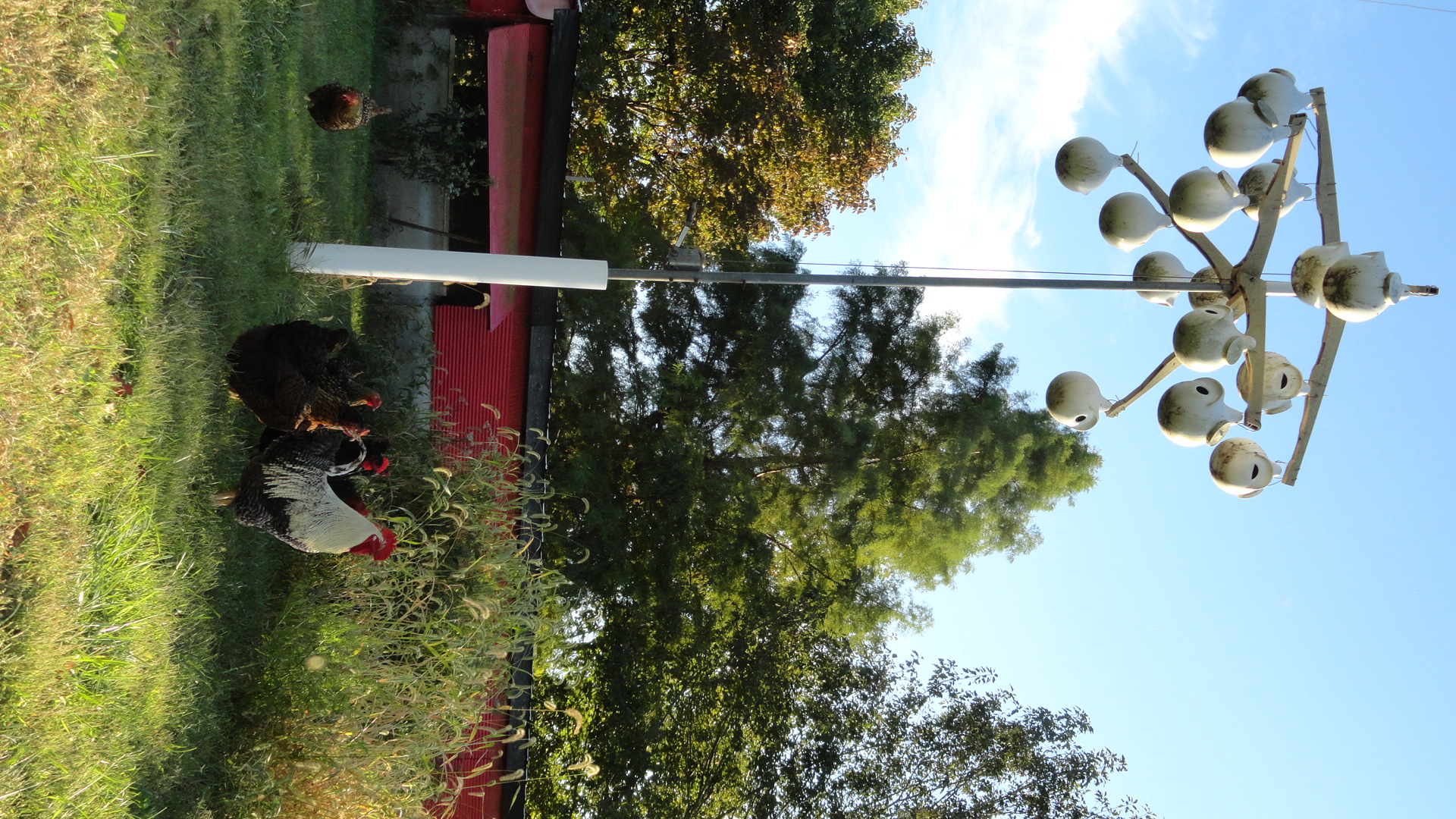Why prairie voles?
Prairie voles are mostly monogamous rodents that live in the Midwest -- a location well suited to their family values. Males and females form pair-bonds, share a nest and raise young together. Because pair-bonds are rare among mammals, prairie voles have become powerful models for exploring the neural and molecular mechanisms of social attachments. This work in social neuroscience is possible because of an extensive history of field studies that identified the species' mating system as well as its ecological context. These data make the prairie vole an ideal model for integrating evolutionary biology, social neuroscience and genetics. This is the broad aim of our work on prairie voles.
Microtus ochrogaster
Prairie vole natural history
Prairie voles are "socially monogamous," which means that although females and males form pair-bonds, these don't always translate into sexual exclusivity. We estimate ~25% of young are sired outside the pair-bond. Not only that, but at any given time, many males and females may be un-paired -- and being single doesn't mean these animals won't mate and have offspring. We think of the formation of a pair-bond as being a major life-history transition for prairie voles, and it is, but even among paired animals there is tremendous individual variation in social behavior. How does this diversity and complexity relate to individual differences in the social brain?
One last point about the natural history of prairie voles: Decades of field work have shown that population density varies wildly over the course of the year. In many species, social behaviors have different fitness consequences at different densities. How do these regular fluctuations influence selection on bonding, dispersal or offspring development? How are these ecological parameters influencing the brain, genome and epigenome? The prairie voles is a rich model for exploring these complex questions.
Above, our Illinois field enclosures let us manipulate environments and perform detailed telemetry on animal movements and social encounters. Below, we see how sexual fidelity is associated with 1) individual differences in the retrosplenial cortex (arrows), a brain region important for spatial memory; and 2) in space use, as reflected in the intensity of space use by faithful and unfaithful males. IPF refers to a male who mates only with his mate (intra-pair fertilization), and EPF (extra-pair fertilization) to a male who mates at least once outside the pairbond. The colored panels depict how often a male (solid surface) intrudes on the territory of neighboring males (open red contours).
Individual differences in brain and behavior
Our recent focus has been on understanding the extent to which individual differences in behavior can be mapped to individual differences in the brain. We've focused on the relationship between a single gene, the vasopressin 1a receptor (avpr1a, or V1aR if you're talking about the protein), and social behavior in the field. V1aR is critical for pair-bond formation in males. It is also remarkably variable in some brain regions. Two of those brain regions, the retrosplenial cortex and the laterodorsal thalamus, are initimately involved in spatial memory. Because V1aR generally plays a major role in male social behavior, we hypothesize that these differences in V1aR change the ability of males to remember the location of other animals. This could influence how well they keep tabs on a mate, or how often they return to a place they've been beaten up, for example. We really don't know how memory differences translate into changes in social behavior in the wild, but we do know that V1aR in these brain regions is a good predictor of how often males leave their own territories to intrude on the territories of their neighbors. This spatial behavior predicts which males are likely to stand by a mate and which are likely to philander. We have also found that the brain variation is due in part to genetic variation in regulatory sequences at the avpr1a locus. This regulatory variation includes differences in the abundance of CpG sites in sequences in an avpr1a enhancer; such CpG sites are targets of DNA-methylation, a major mechanism of epigenetic regulation. Overall our data suggest that individual differences in V1aR expression are a kind of balanced polymorphism in the prairie vole brain. Understanding the cognitive consequences of these differences is a major focus of the lab. So is understanding the detailed epigenetic mechanisms that drive individual differences in the expression of this and other genes.
Is V1aR the monogamy gene?
No, it isn't. The vasopressin receptor is certainly important for social behavior in its many forms, but even simple traits depend on variation at many different genes. It may be that V1aR variation has a particularly big impact on sexual fidelity and space use, or it may be just one of hundreds or thousands of genes whose variants shape this behavior.
We think our results are important for neuroscience, but not because they tell us anything about human monogamy. Our results show that the environment can favor genetic variation in the brain, and this variation is likely to be important to social behavior. It would good for neuroscience to embrace genetic diversity as a topic worth studying, rather than treat it as a source of error to be minimized.
Challenges and opportunities
One of the difficulties in linking brain, behavior and evolution is that few species are suited to detailed study in both lab and field. Prairie voles, like other rodents, are difficult to watch in the wild. Our lab has been developing new methods to monitor animal behavior in the wild. We've focused on using automated telemetry to record where dozens of animals are from minute to minute over the course of months. By doing so, we hope to observe individual interactions, how they change with experience, and how those behaviors are related to brain function.
Above: Fall still life with prairie voles, by Aubrey Kelly.

